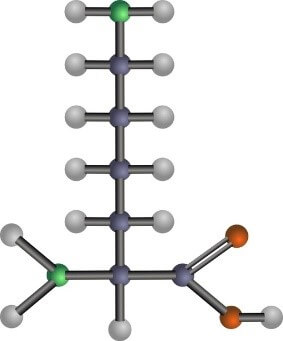The Single-Nutrient Pitfall: Don’t Fall In

Every living thing is driven to seek nourishment in order to survive and thrive. Many nutrients are essential – animals cannot survive for long without them. It’s important to understand that all of them are important. From amino acids in protein to vitamins and trace minerals, the right balance of each one is what’s important. This is why diet formulations contain many ingredients to supply all of the nutrients, and are assembled by nutritionists to provide nutrients in the proper balance. And yet, new ingredients that supply only one nutrient are released on a regular basis.
It’s not to say that ingredients only supplying individual nutrients are never useful. They clearly are in some situations and for many reasons. However, what will always be true is that highly-refined, single-nutrient ingredients are designed for doing one thing, and one thing only – providing a single nutrient.
The drawbacks to this approach can be seen quite clearly with the results from a recent dairy study. We’ve previously discussed the concept of by-pass protein – something supplying by-pass protein is included in virtually every dairy diet to boost production. This study tested by-pass amino acid (individual components of proteins) ingredients to see if they could improve milk yield. The results, shown below, were not impressive:

Milk yield was greatest with a typical dairy diet containing soy to supply protein. The diet was made protein-deficient by adding more ground corn and sharply reducing soy. When the rumen by-pass amino acids were added to the deficient diet, either individually or collectively, milk yield failed to recover.
This study clearly proves what can happen if individual amino acids are used versus a complete protein like soy. This is why our customers are seeing so much interest in our ExPress® soy meal for dairy – more highly-digestibly by-pass protein (among other reasons – see here, here, and here).
The use of ground corn to dilute the amount of protein in the diet, and make it deficient, is also of interest. It’s true that corn is low in protein, and it consists mostly of starch. Sending the ground corn through an extruder, to thoroughly gelatinize the starch, could have been done to stimulate microbial protein in the rumen – some of which would feed the cow and boost milk yield. This is an example of how a quality ingredient can stimulate the production of complete proteins (microbes in the rumen).
An important final point to be made here is that highly-refined, single-nutrient ingredients are often very expensive – typically used at low levels in a diet. Make sure the added benefits, if they can be realized, are worth the additional costs.
Don’t fall in the pit running after your favorite nutrient. They all matter. Speak with us about quality ingredients from well-defined processes and how they can be used to make balanced, well-performing diets.



